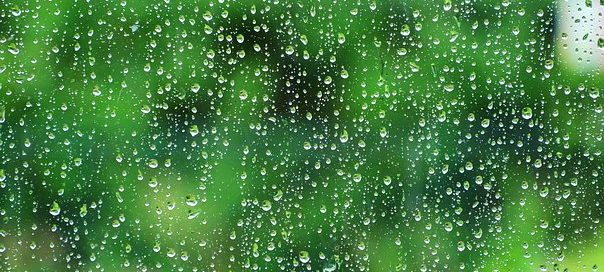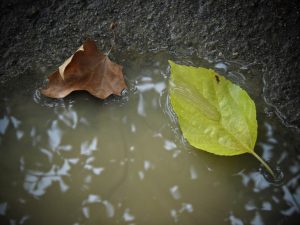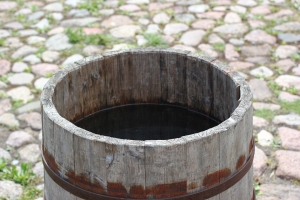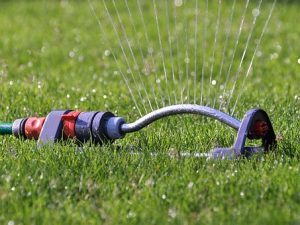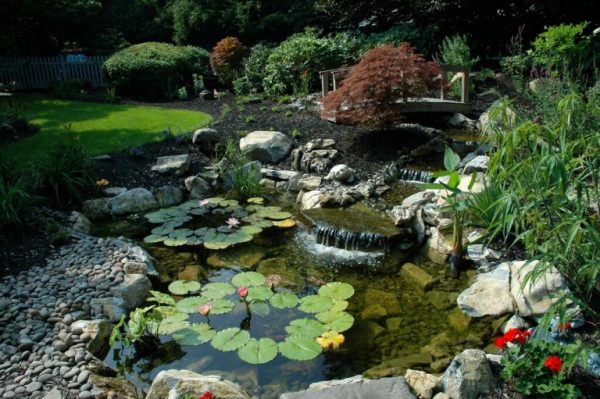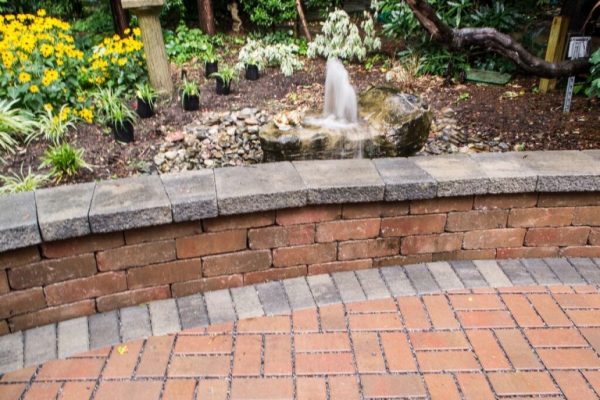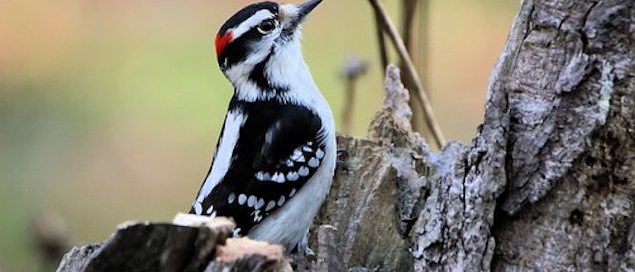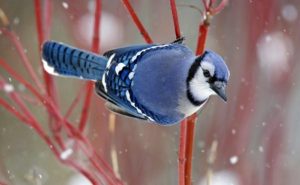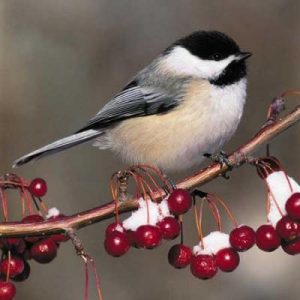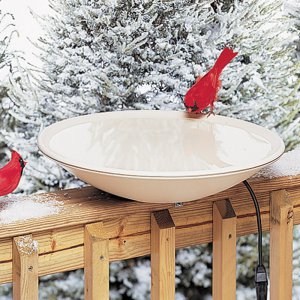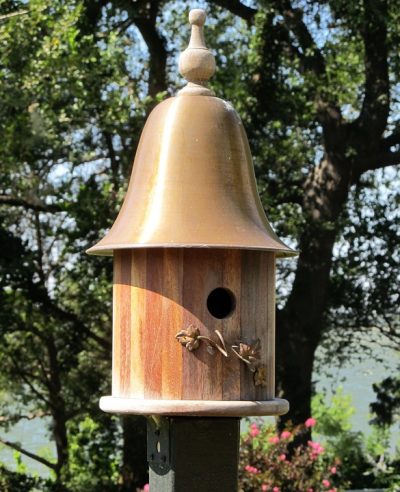Harvesting Long Island Rainwater is a Good Thing
According to statistics the average homeowner uses approximately 3,000 gallons of water weekly with about 70% used outdoors.
“However, because typically, many locations on the East Coast, including Long Island, get plenty of rain, we have traditionally not worried about such numbers,” says Dave Stockwell. “But with climate concerns on the rise, opting to harvest rainfall for non-ingestive purposes seems much wiser than unnecessarily pulling precious water from local aquifers.”
Dave adds there are other benefits to capturing rainwater beyond using less water from our aquifers.
“We have a good deal of asphalt and concrete on Long Island. Rainwater does not soak into these materials. It flows away, picking up contaminants as it goes. This contaminated water ends up in our over-burdened sewer systems and eventually gets into our area waterways.”
Keeping Rain Where It Falls
Harvesting rainwater is not a new idea. People have been collecting it for generations, frequently storing it in rain barrels.
And this is still a viable method. But there’s a lot more that can be done with falling rain than saving small amounts in unattractive above-ground containers. Through our Rainwater Harvesting Group, Deck and Patio, for example, specializes in installing rainwater harvesting systems that can be part of a complete self-sustaining beautiful eco-system.
Properly captured, filtered and recirculated rainwater — in sufficient amounts to supply attractive water features — work together with carefully chosen plants, fish, rocks and gravel, to maintain a balanced system for long-term sustainability.
Using Aquascape’s Rainwater Harvesting System (previously branded RainXchange), and sometimes permeable pavers or roof runoff spouts, today’s rainwater harvesting systems capture sufficient rainwater to irrigate your garden and lawn, maintain any water feature, and also wash your car and/or hose down your deck and patio.
“And when you consider that local Long island water companies frequently charge an incremental rate based on the amount of water used, capturing all the non-ingestive water you need from rainfall, the lower your rate will be,” adds Dave.
This Deck and Patio water feature includes a stream and multiple waterfalls — all recirculated through the same Aquascape Rainwater Harvesting water collection system. City water is not used. Such a feature attracts desirable wildlife including frogs, butterflies, birds etc. and naturally creates its own wildlife refuge.
Along with waterfalls, stream and pond, for a healthy ecosystem, it is essential to choose the right stones and gravel (which provide the correct ph value for the fish and plants). A beautiful Japanese maple shades this pondscape’s bridge; bright red geraniums add a strong burst of color (photo’s bottom right).
These pavers are fitted over gravel and a rubber liner is another way to harvest rainwater. They allow easy walking while capturing and filtering rainwater for reuse. The gravel underneath the pavers filters the collected water runoff before it is sent to any reservoir installed at the end of a stream/water feature.
Deck and Patio specializes in installing systems that capture, filter, and recirculate rainwater, in sufficient amounts to use in your yard for non-ingestive purposes, as well as supply and keep topped off healthy water features.

